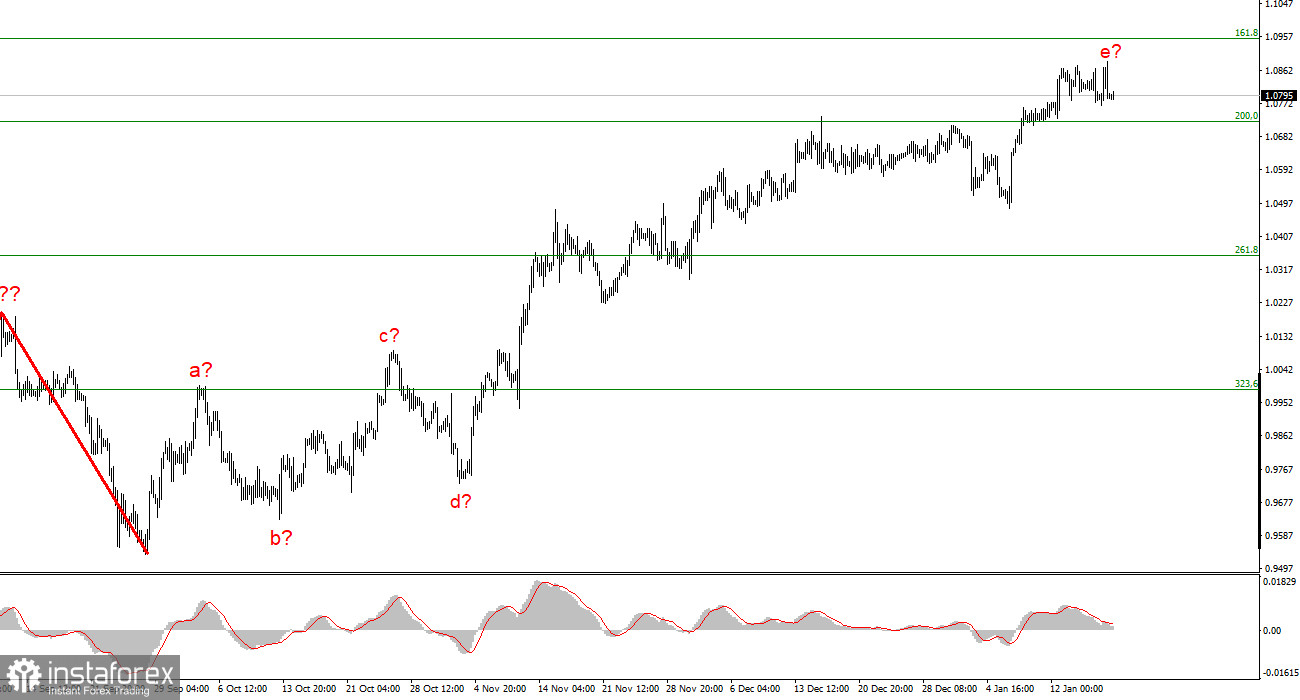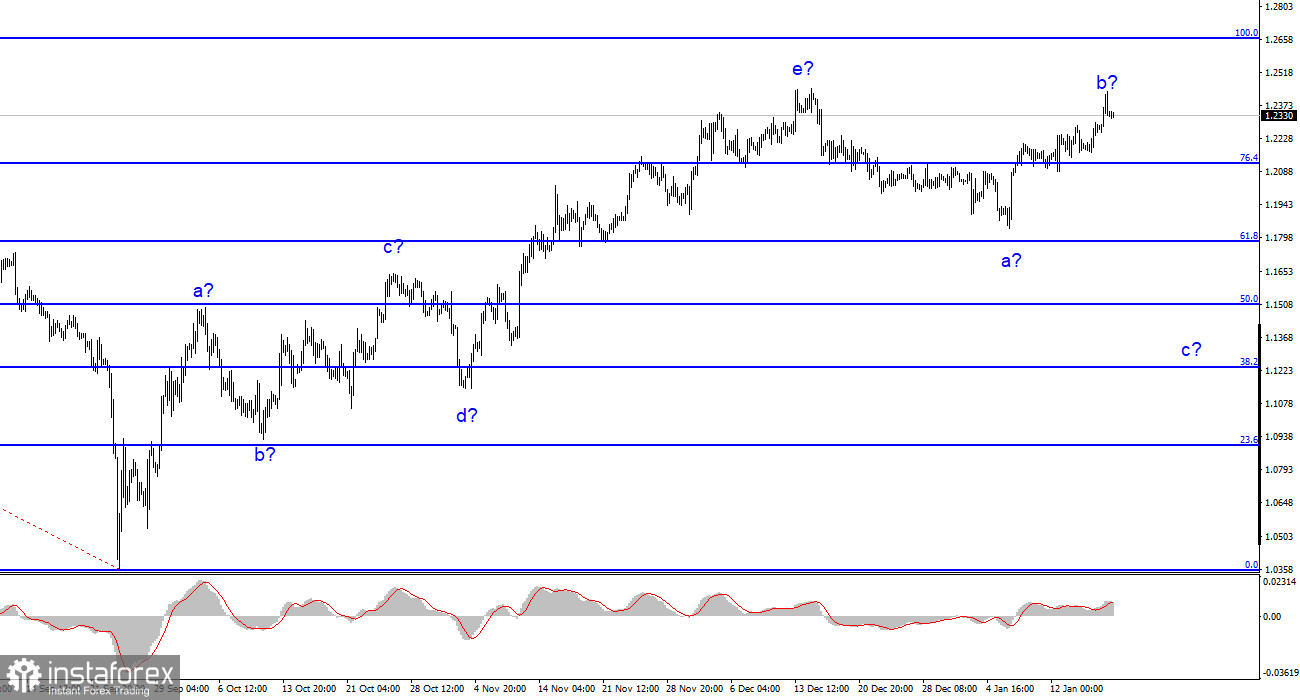In addition to figures on inflation in the UK and the EU, yesterday's news also included information on industrial production and retail sales in the US. At least four speeches by FOMC members were also made throughout the day. I want to go into more depth about a few of the remarks made by Fed Monetary Committee members.
The remarks of James Bullard, president of the St. Louis Federal Reserve and the Committee's most assertive "hawk," must be noted first. In a recent interview with The Wall Street Journal, Bullard argued that the Fed should keep raising interest rates to lower inflation. Bullard stated that although "we are still not in," "we are practically in the zone of "restrictive" monetary policy." The St. Louis Federal Reserve President made it obvious to the market with his statements that the decrease in inflation over the previous six months was insufficient and that there was still a significant likelihood of halting its reduction. As a result, the Fed cannot afford to take any action or loosen the grip on inflation. Bullard did not specify how much longer the tightening of policy will last or how many meetings there will be, though.
At the same time, Patrick Harker, president of the Philadelphia Federal Reserve, told the press that he was prepared to support a reduction in the rate of policy tightening to 25 basis points. According to him, a high rate of inflation makes life difficult for Americans and harms the economy. The interest rate must be raised indefinitely to keep inflation in check, although it can be increased at a faster rate than before. In the foreseeable future, Harker thinks "raising the rate by 25 points may become an acceptable choice." The FOMC member predicted that eventually, "we will reach a restrictive level, business, and economic activity will decline, which will help drop inflation back to 2%." According to Harker, "We see a solid rate of drop in consumer prices for a variety of products, and core inflation should decrease this year to 3.5%, but it is vital not to stop there."

The Fed rate will undoubtedly continue to rise in light of everything said above, but a decision regarding its hike at the February meeting has not yet been made. Since the Fed will still respond to inflation, I think there is little difference between a 25 and 50 basis point hike in February. It is never too late to slow down the pace of policy tightening, although the markets may be taken aback or surprised by their new increase following a decrease. Given that this alternative serves as a "warning" of a potential future slowing in inflation, I believe that the likelihood of a 50-point increase remains above 50%. The dollar will likely start rising if the Fed raises interest rates by half a percent in a week and a half. This is the most likely scenario based on the wave markings on both instruments right now.
I conclude that the upward trend section's building is about finished based on the analysis. As a result, given that the MACD is indicating a "down" trend, it is now viable to contemplate sales with targets close to the predicted 0.9994 level, or 323.6% per Fibonacci. The potential for complicating and extending the upward portion of the trend remains quite strong, as does the likelihood of this happening. The market will be ready to finish the wave e when a bid to break through the 1.0950 level fails.

The building of a downward trend section is still assumed by the wave pattern of the pound/dollar instrument. At this point, sales with objectives at the level of 1.1508, or 50.0% by Fibonacci, might be taken into consideration by the "down" reversals of the MACD indicator. The upward portion of the trend is probably over, however, it might yet take a longer form than it does right now. However, you must exercise caution while making sales because the pound has a significant tendency to rise.





















